In politics, sometimes it's best not to go into detail. This is the lesson Eric Abetz learned after he explained part of the Coalition's industrial relations policy last Thursday.
Abetz told the Australian that, under an Abbott government, the Fair Work Commission would not approve workplace agreements that raised real wages unless there had been ''appropriate discussion and consideration of productivity'' (paywall).
Why? So ''lazy companies don't just give wage increases because it's the easiest thing to do.''
It is one of the founding assumptions of Australia's system of industrial relations that workers are unable to negotiate with bosses in their own best interest.
Around this paternalistic assumption we have built a superstructure of industrial relations law, tribunals, and controlled wages unique in the developed world.
Now the Coalition seems to think some bosses are just as incapable of looking after their interests. And that a government regulator knows how to run a business better than the business itself.
If true, one wonders how the labour market functions at all.
The Coalition's policy is patronising, illiberal, and fundamentally anti-market.
Now we know the true legacy of WorkChoices.
The fight over WorkChoices represents the moment the Coalition turned its mind from liberalising industrial relations to regulating it.
More on that in a moment. On Friday poor old Senator Abetz was accused by his colleagues of ''freelancing'' — that is, speaking only for himself — and advised to avoid interviews for the next few weeks.
But the Coalition's official workplace policy document does, in fact, say ''before an enterprise agreement is approved, the Fair Work Commission will have to be satisfied that the parties have at least discussed productivity as part of their negotiation process.''
If anything, Abetz softened the policy, suggesting Fair Work will only second-guess agreements if they give pay increases above inflation.
That's how sensitive the Coalition is to the WorkChoices tag — even talking about its own policy is off-message.
Industrial relations has a special place in the Australian political compact. It is Labor's raison d'etre; the world's oldest party was born as the political wing of the union movement. Obviously they have a deep interest in wages policy.
In the Liberal Party there have always been free traders and protectionists, conservatives and liberals, fans of both big government and small. But one thing has bound the party together since conception — an antipathy to union power and prominence.
So Labor supporters recount our political history as a contest between employees (labour) and employers (capital). For Liberal supporters our history is a contest between sectional interests (union thugs) and the mainstream (Forgotten People).
Yet eight decades of the Australian Settlement concealed a few subtleties in the Liberal view.
For all that time, being opposed to union power and supporting greater market control over wage price setting was, effectively, synonymous.
When, during the Hawke, Keating, and Howard eras, labour law was slowly liberalised, this equivalence was superficially reinforced. As labour markets became freer, unions declined.
But then Kevin Rudd repealed WorkChoices. Rudd's move was the first time since the reform era began that a liberalisation — in any sector of the economy — had been reversed. In 2007 Australia hit the market reform wall. This was very disorientating.
(I've described WorkChoices here as ''liberalisation'' because that's what all sides of politics imagine John Howard's policy was. In fact it was a complex regulatory takeover of workplace relations by the federal government. Still, perception is what matters.)
Now the Liberal Party has to figure out what its industrial relations priority is: to pursue a free market in labour, or to battle the unions.
Put another way, is Australia's industrial relations dilemma that it is too highly regulated? Or is the dilemma that unions are too prominent?
After the 2007 defeat, there are many on the Liberal side who say the latter; many who imagine they are fighting a guerrilla war against the union movement. There are hints of this attitude in the Australian article. Abetz says the Coalition's policy was developed ''in response to unions 'bragging' that they had secured productivity-free pay increases.''
The Coalition's solution to such hubris? Increase workplace regulation. If the government has to nanny lazy companies to reduce union power, then so be it.
Never mind that both sides of a mutually beneficial exchange should be ''bragging'' about the great deal they got.
It's worth pointing out that unions would exist in a free society. They would have no privileged position in the law, and no coercive power, but, as Friedrich Hayek once wrote, everybody ''ought to have the right to join a trade union.''
The dust from WorkChoices has settled. Now that Coalition is preparing to form government again, what does it really want for industrial relations? Labour market freedom, or just defeat of the union movement?

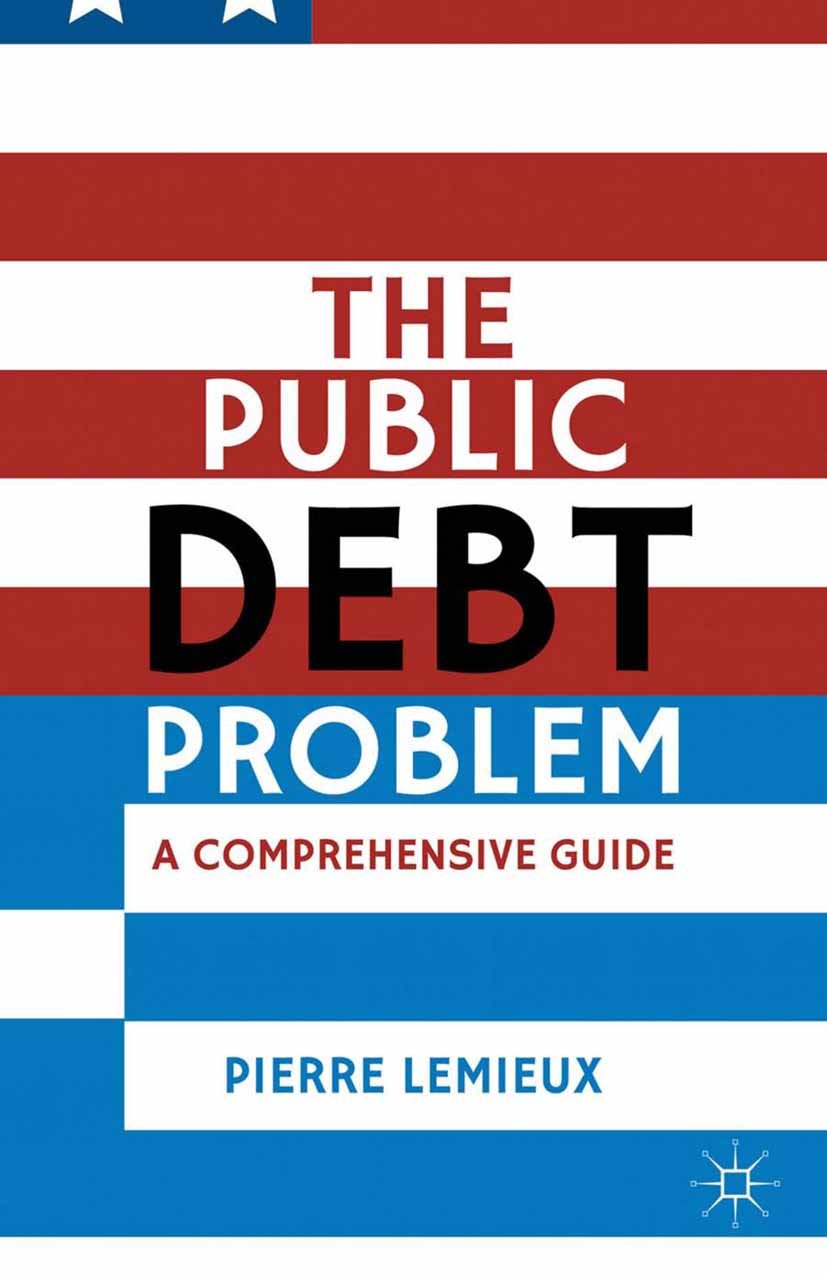 Among the estimated 3.5 billion websites around the world, there is one that is almost guaranteed to keep adults lying awake at night and force horrified children to run for cover. It is the global public sector debt clock website maintained by the Economist Intelligence Unit. At the time of writing, total public sector debt owed by governments across the globe amounted to over $50 trillion, and the debt shows little sign of arresting its growth momentum. Until the recent past, the average person would have been forgiven for thinking that unsustained public indebtedness was only reserved for tin pot African or Latin American dictatorships, whose leaders aspired to live high on the hog through a process of sending their countries into hock.
Among the estimated 3.5 billion websites around the world, there is one that is almost guaranteed to keep adults lying awake at night and force horrified children to run for cover. It is the global public sector debt clock website maintained by the Economist Intelligence Unit. At the time of writing, total public sector debt owed by governments across the globe amounted to over $50 trillion, and the debt shows little sign of arresting its growth momentum. Until the recent past, the average person would have been forgiven for thinking that unsustained public indebtedness was only reserved for tin pot African or Latin American dictatorships, whose leaders aspired to live high on the hog through a process of sending their countries into hock. The book draws upon empirical research to support that point, for example quoting a notable recent empirical study suggesting that a ratio of gross debt to GDP exceeding 90 per cent leads, on average, to a cumulative 24 per cent loss in gross output. One of the more important discussions in The Public Debt Problem concerns the complex web of financial relationships between indebted governments and financial intermediaries, such as large banks, many of whom benefitted from a range of bailouts during the GFC. Financial sector regulations have contributed to a process in which governments ensnare private financial institutions within their gravitational pull, thus allowing governments to more easily borrow, for example, by putting obligations on banks to purchase their securities on favourable terms. The GFC era practice of central banks radically lowering their interest rates has also been used to assist governments to alleviate the interest costs of debt, even if the rock bottom interest rate strategy implies the destruction of productive capital in the longer term. Finally, Lemieux carefully weighs various options all of which have been openly canvassed in public policy discourse about what the US should do to resolve its debt problem. Should the government announce an open default on its debt obligations? Should it undertake a stealth default through inflation? Should government expenditure be reduced? Should nothing be done whatsoever? Doing nothing is ruled out in The Public Debt Problem as a sustainable course of policy action in an era of high debt, as it would perpetuate the current run of economic under-performance and may, in any case, amount to an eventual disorganised default fraught with numerous economic risks. The stealth default option of repaying the debt through money printing, otherwise known in the common parlance as "quantitative easing", is dismissed as a feasible option, in that the eventual costs of price inflation would create serious distortions in real markets. A default through the backdoor of inflation would likely raise the prospect of other policies, such as tariffs and capital controls, exhausting opportunities for economic exchange, and could even have disastrous political consequences should voters crave for a "strong leader" to resolve the problems caused by government policy in the first instance.
The book draws upon empirical research to support that point, for example quoting a notable recent empirical study suggesting that a ratio of gross debt to GDP exceeding 90 per cent leads, on average, to a cumulative 24 per cent loss in gross output. One of the more important discussions in The Public Debt Problem concerns the complex web of financial relationships between indebted governments and financial intermediaries, such as large banks, many of whom benefitted from a range of bailouts during the GFC. Financial sector regulations have contributed to a process in which governments ensnare private financial institutions within their gravitational pull, thus allowing governments to more easily borrow, for example, by putting obligations on banks to purchase their securities on favourable terms. The GFC era practice of central banks radically lowering their interest rates has also been used to assist governments to alleviate the interest costs of debt, even if the rock bottom interest rate strategy implies the destruction of productive capital in the longer term. Finally, Lemieux carefully weighs various options all of which have been openly canvassed in public policy discourse about what the US should do to resolve its debt problem. Should the government announce an open default on its debt obligations? Should it undertake a stealth default through inflation? Should government expenditure be reduced? Should nothing be done whatsoever? Doing nothing is ruled out in The Public Debt Problem as a sustainable course of policy action in an era of high debt, as it would perpetuate the current run of economic under-performance and may, in any case, amount to an eventual disorganised default fraught with numerous economic risks. The stealth default option of repaying the debt through money printing, otherwise known in the common parlance as "quantitative easing", is dismissed as a feasible option, in that the eventual costs of price inflation would create serious distortions in real markets. A default through the backdoor of inflation would likely raise the prospect of other policies, such as tariffs and capital controls, exhausting opportunities for economic exchange, and could even have disastrous political consequences should voters crave for a "strong leader" to resolve the problems caused by government policy in the first instance. If you only looked at the Occupy movement as a collection of angry, naive university students and yuppie bloggers, then you probably missed the true message of the movement. Don't feel bad if you missed it, the recorded minutes of Occupy Melbourne show most of the protestors didn't know the message themselves.
If you only looked at the Occupy movement as a collection of angry, naive university students and yuppie bloggers, then you probably missed the true message of the movement. Don't feel bad if you missed it, the recorded minutes of Occupy Melbourne show most of the protestors didn't know the message themselves. The interference by the US government in the world of business guaranteed that, eventually, something had to give. The last three US presidents have the most dirt on their hands but the roots date back to President Lyndon Johnson's "Big Society". The free market was cast aside by these presidents, who opted to institute "crony capitalism" (which Allison refers to as "crony socialism") by financially supporting banks and other industries because they were "too big to fail", rather than letting them fall because they were "too poorly managed to succeed".
The interference by the US government in the world of business guaranteed that, eventually, something had to give. The last three US presidents have the most dirt on their hands but the roots date back to President Lyndon Johnson's "Big Society". The free market was cast aside by these presidents, who opted to institute "crony capitalism" (which Allison refers to as "crony socialism") by financially supporting banks and other industries because they were "too big to fail", rather than letting them fall because they were "too poorly managed to succeed". It's a well-worn cliché that those who do not learn the lessons from history are doomed to repeat its mistakes. If the wrong lessons are drawn from previous events, then such mistakes are a certainty. It is therefore regrettable for us all that events since 2007 have proven that previously received wisdom on the Great Depression was largely false. Western economies are currently paying the price for these errors; errors which could have been avoided had we paid more attention to the career of Calvin Coolidge, the thirtieth president of the United States (1923-29).
It's a well-worn cliché that those who do not learn the lessons from history are doomed to repeat its mistakes. If the wrong lessons are drawn from previous events, then such mistakes are a certainty. It is therefore regrettable for us all that events since 2007 have proven that previously received wisdom on the Great Depression was largely false. Western economies are currently paying the price for these errors; errors which could have been avoided had we paid more attention to the career of Calvin Coolidge, the thirtieth president of the United States (1923-29). After moving to neighbouring Massachusetts to practice law, Coolidge spent over two decades working his way through the various political ranks and offices at local and state levels until he became Governor of Massachusetts in 1918. His great strength, and the reason such a quiet, plain man was able to progress so far, was that from early on he had a very clear philosophy about the role of government (it should be limited) that he doggedly pursued and eloquently enunciated.
After moving to neighbouring Massachusetts to practice law, Coolidge spent over two decades working his way through the various political ranks and offices at local and state levels until he became Governor of Massachusetts in 1918. His great strength, and the reason such a quiet, plain man was able to progress so far, was that from early on he had a very clear philosophy about the role of government (it should be limited) that he doggedly pursued and eloquently enunciated. The economist Paul Krugman has tried to distinguish this period of history by pointing out that US Federal Reserve interest rates peaked at seven per cent in 1919 and were back down to four per cent by 1922. In his opinion, the recovery came as a consequence of the expansion in the money supply that this looser monetary policy enabled. Nice theory, except it doesn't stack up when one considers that interest rates between 1929 and 1931 fell from five per cent to 1.5 per cent, yet the Depression dragged on for almost a decade as the money supply continued to contract. Shlaes shows us that the price of credit was not the deciding factor in either crisis.
The economist Paul Krugman has tried to distinguish this period of history by pointing out that US Federal Reserve interest rates peaked at seven per cent in 1919 and were back down to four per cent by 1922. In his opinion, the recovery came as a consequence of the expansion in the money supply that this looser monetary policy enabled. Nice theory, except it doesn't stack up when one considers that interest rates between 1929 and 1931 fell from five per cent to 1.5 per cent, yet the Depression dragged on for almost a decade as the money supply continued to contract. Shlaes shows us that the price of credit was not the deciding factor in either crisis.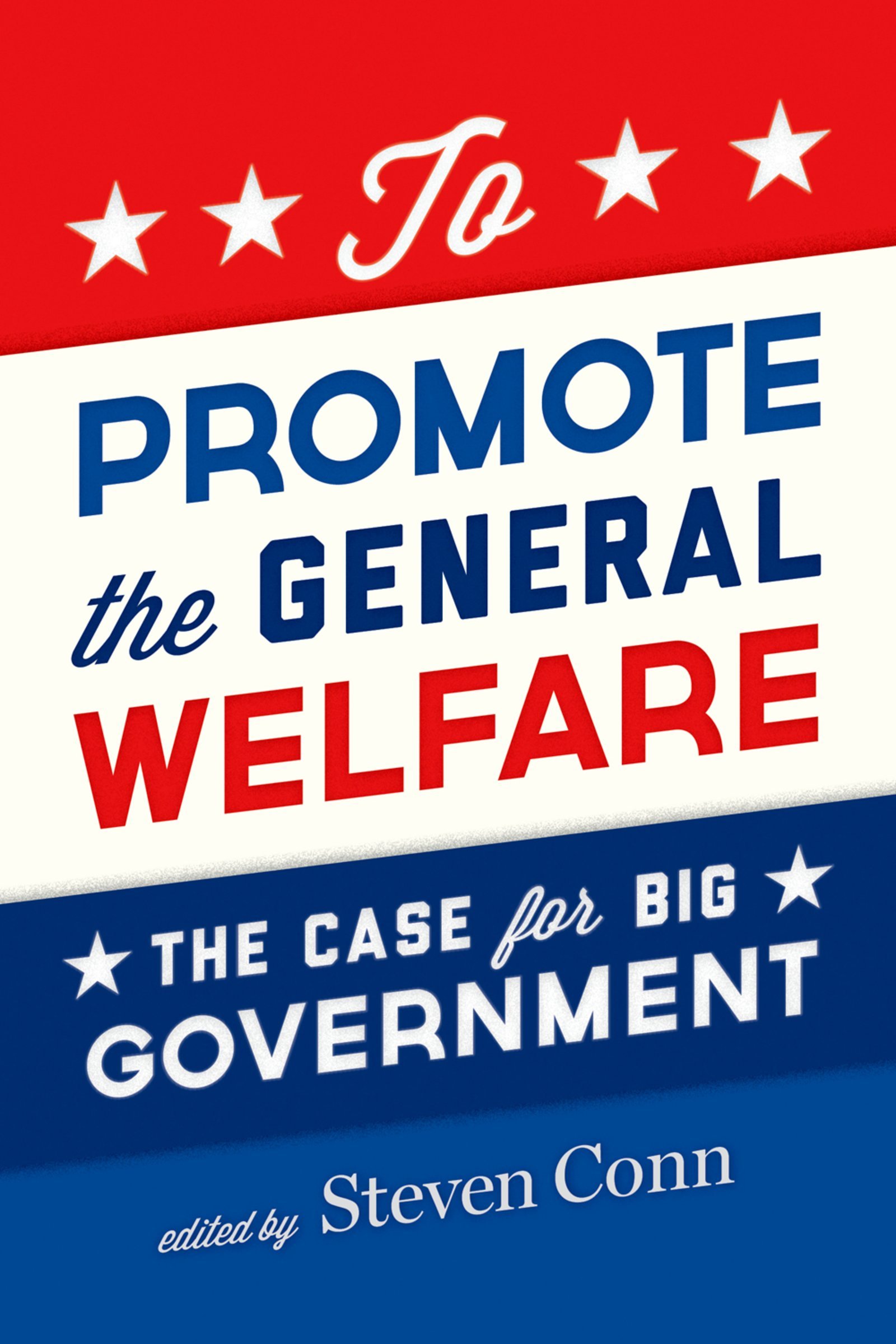 I thought it was only classical liberals who ― when attempting to caricature socialists ― spoke of the government as a "saviour". I was wrong ― advocates of big government have become a parody of themselves.
I thought it was only classical liberals who ― when attempting to caricature socialists ― spoke of the government as a "saviour". I was wrong ― advocates of big government have become a parody of themselves.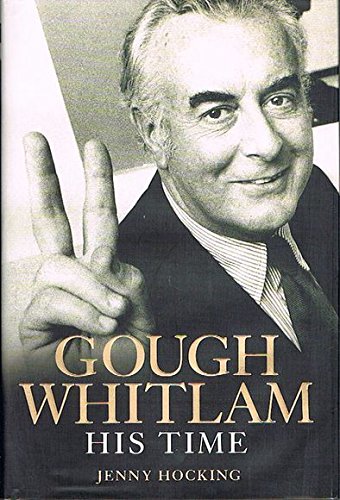 Two volumes on one of the nation's most controversial prime ministers should be a landmark event in Australia's political historiography. Unfortunately, Jenny Hocking's second volume, appearing some four years after the first, completes a disappointing double.
Two volumes on one of the nation's most controversial prime ministers should be a landmark event in Australia's political historiography. Unfortunately, Jenny Hocking's second volume, appearing some four years after the first, completes a disappointing double. Yet, even though Hocking's treatment of the dismissal is flawed, it is at least lively and interesting. It is the best part of the book.
Yet, even though Hocking's treatment of the dismissal is flawed, it is at least lively and interesting. It is the best part of the book. However, even if the book is not a complete hagiography to Whitlam the person, it is very much a hagiography of the Whitlam program, or at least the Whitlam program as Hocking imagines it.
However, even if the book is not a complete hagiography to Whitlam the person, it is very much a hagiography of the Whitlam program, or at least the Whitlam program as Hocking imagines it.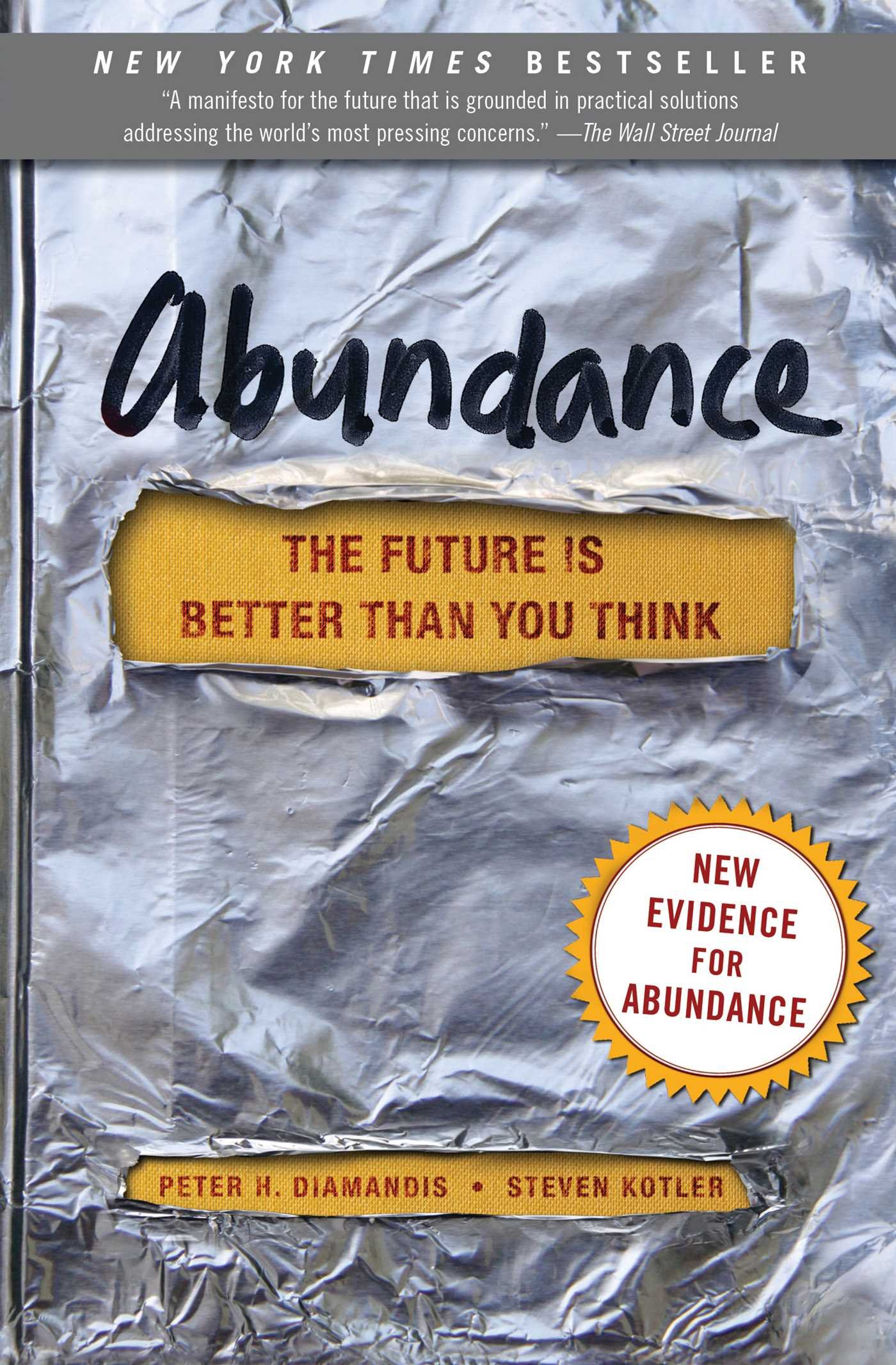 Over-population, food shortages and an environment on the brink of collapse. It's easy to be pessimistic about the world's future. This is why it is a relief to find that there are some scientists who still believe that the world might not be on the brink of collapse. Abundance: The Future is Better Than You Think outlines how human innovation is going to save us from the world's greatest dilemmas, just as it always has.
Over-population, food shortages and an environment on the brink of collapse. It's easy to be pessimistic about the world's future. This is why it is a relief to find that there are some scientists who still believe that the world might not be on the brink of collapse. Abundance: The Future is Better Than You Think outlines how human innovation is going to save us from the world's greatest dilemmas, just as it always has. The book contradicts all the gloomy rhetoric that environmentalists drone on about such as the impending Armageddon, and leaves you with a sense of pride about where the human race has come from and is going. Abundance argues that the answer is not to "try to slice our pie thinner ― rather it's to figure out how to make more pies".
The book contradicts all the gloomy rhetoric that environmentalists drone on about such as the impending Armageddon, and leaves you with a sense of pride about where the human race has come from and is going. Abundance argues that the answer is not to "try to slice our pie thinner ― rather it's to figure out how to make more pies".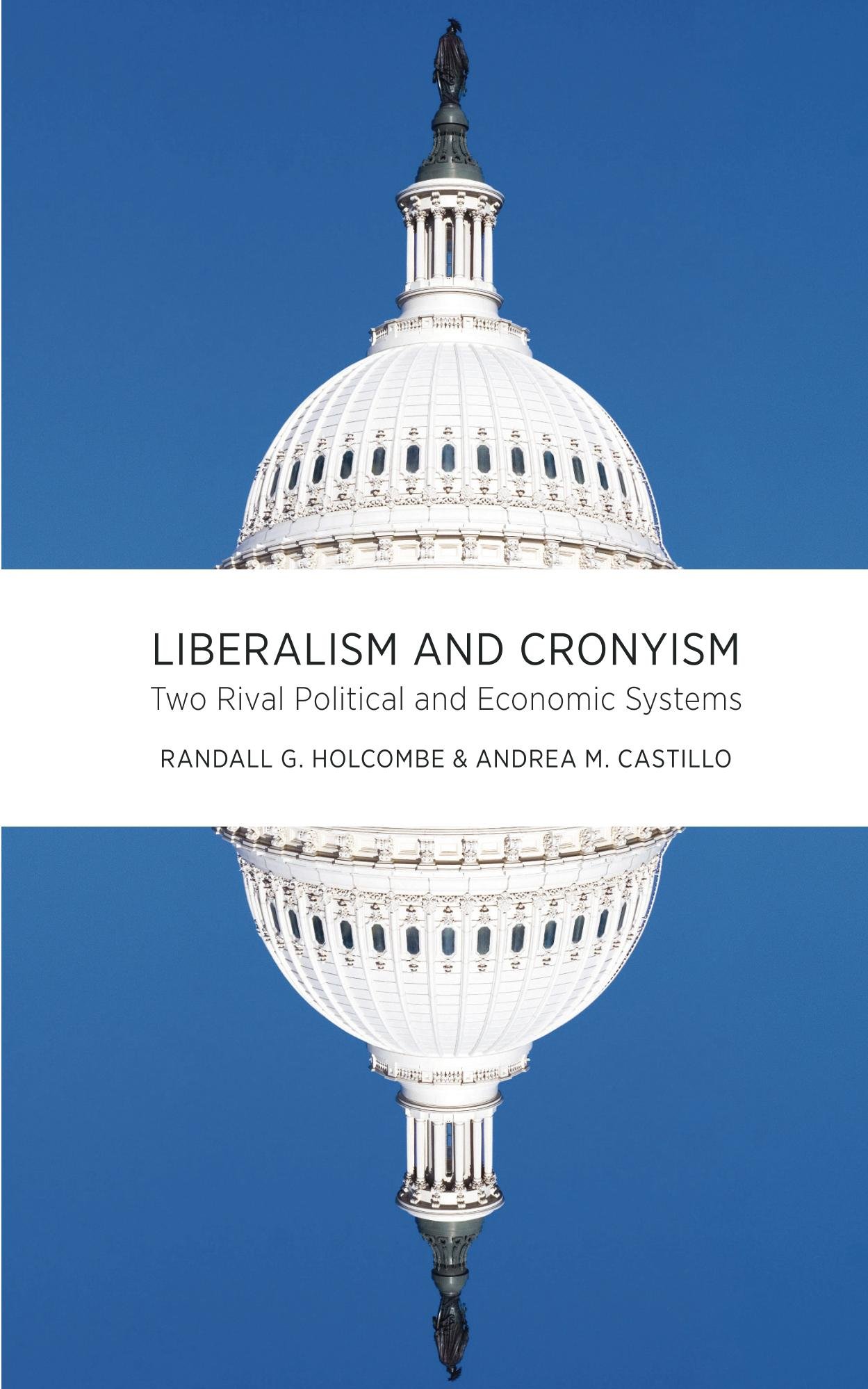 Randy Holcombe is a professor of public finance and public policy at Florida State University and a scholar in the style of the James Buchanan school of Public Choice economics. Holcombe was on Florida State Governor Jeb Bush's Council of Economic Advisors. So you can probably guess the line on capitalism and politics that you're going to get in this book. Andrea Castillo is a program associate at the Mercatus Centre at George Mason University, which is the crucible in this modern era of most solid thinking on economics and economic policy, so you know what you're going to get there too.
Randy Holcombe is a professor of public finance and public policy at Florida State University and a scholar in the style of the James Buchanan school of Public Choice economics. Holcombe was on Florida State Governor Jeb Bush's Council of Economic Advisors. So you can probably guess the line on capitalism and politics that you're going to get in this book. Andrea Castillo is a program associate at the Mercatus Centre at George Mason University, which is the crucible in this modern era of most solid thinking on economics and economic policy, so you know what you're going to get there too. "Capitalism is the economic embodiment of the principles of liberalism" and all other systems of political organisation and resource allocation involve some people exploiting the subjective discretionary aspects of rules to direct the activities of others toward inside groups (cronies). Socialism, fascism, communism, environmentalism, corporatism, progressivism, despotism, majoritarianism, social justice and industry policy are not distinct political and economic systems, but different manifestations of cronyism. There is ultimately only a choice between two types of political and economic system ― liberalism or cronyism.
"Capitalism is the economic embodiment of the principles of liberalism" and all other systems of political organisation and resource allocation involve some people exploiting the subjective discretionary aspects of rules to direct the activities of others toward inside groups (cronies). Socialism, fascism, communism, environmentalism, corporatism, progressivism, despotism, majoritarianism, social justice and industry policy are not distinct political and economic systems, but different manifestations of cronyism. There is ultimately only a choice between two types of political and economic system ― liberalism or cronyism. In 1964 Donald Horne's The Lucky Country was published. Horne had one basic argument ― "Australia is a lucky country, run mainly by second-rate people who share its luck". By the mid-1960s an emerging class of tertiary-educated professionals found a lot to like about Horne's criticism of their country. This new class disliked Australia's prosperity, its success, and its conservatism. According to the members of the new class, Australia would be a much better place if it was run by people like them ― instead by "second-rate people".
In 1964 Donald Horne's The Lucky Country was published. Horne had one basic argument ― "Australia is a lucky country, run mainly by second-rate people who share its luck". By the mid-1960s an emerging class of tertiary-educated professionals found a lot to like about Horne's criticism of their country. This new class disliked Australia's prosperity, its success, and its conservatism. According to the members of the new class, Australia would be a much better place if it was run by people like them ― instead by "second-rate people".